Highland Queen, which I confess I’d never heard of before I saw this bottle on sale, is a line of blended scotch and single malts owned by Picard Vins & Spiritueux SA, a family-owned firm based in France that also owns the Tullibardine distillery. Picard acquired the brand from Glenmorangie in 2008, but the name dates back to 1893 when a blended scotch was named after Mary, Queen of Scots. As is the case with many brands of scotch, the name passed through many hands before landing in the small portfolio of Picard.
For a small brand, they produce an alarming number of expressions: A basic blend (3 year), sherry finish, 8 year, and 12 year-old blends. Then they have a NAS single malt (“Classic”), and the “Majesty” line of age-dated single malts, including 12 and 16 year. There are also several premium expressions, including a 40 and a 52 year-old malt!
Today’s review is of the 12 year-old single malt from the “Majesty” line. It’s a fairly basic expression, bottled at 40% ABV and is probably both chill-filtered and has added color (I can’t find mention of either process on the label or website). That said, I found it for $17 and figured it was worth the risk. I believe it’s safe to say that this is simply 12 year-old Tullibardine, although the distillery name does not appear on the label or website.
If shopping for this bottle, pay attention to the label: There is a 12 year-old blended scotch that looks similar, but doesn’t have the words “Majesty” or “Single Malt” in it. Also note: Some places on the Web claim this brand is owned by Alexander Murray instead of Picard. This is false, but could originate from recent collaborations between Alexander Murray and Tullibardine.
Nose: Bursting with fruit: green apple, apricot, kiwi, raspberry jam. It’s also quite floral, although I can’t name the flowers. There isn’t much to find under these “high” notes, but it’s so perfumed I don’t mind.
Palate: Thin body. Mild tongue burn (more than expected for 40% ABV). The fruits are still represented, along with a mild custard-y undercurrent of vanilla, clotted cream, and shortbread. Unchallenging and pleasant.
Finish: On the short side. Slight bitterness creeps in during the finish, and isn’t balanced by anything. Mouth-drying tannins, menthol, white tea. Fades without evolving.
With Water: A few drops of water refresh and deepen the fruits without adding anything else to the aroma. The palate might be heavier and the finish is more alive. Definitely try this with a few drops of water… but don’t add too much! At 40% it can’t handle much dilution.
Overall: This reminds me a lot of Glenlivet 12 year, but with a more expansive bouquet of fruits and flowers. It could do with a little more body and it would be a more complete, rounded experience with a bit more oaky sweetness. Also, the finish is thinner and more bitter than I’d like. Still, those are all nitpicks at this price point.
This is a very pleasant sipper, and I almost went through the whole bottle before taking the time to review it. On close inspection it doesn’t technically impress, but it’s still a fun dram at an excellent price. I got it on sale for $17, but even in the mid-$30s it’s very reasonable. For the price-to-quality ratio, I’ve given this a Recommended rating.
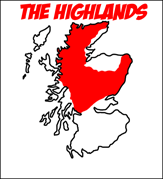



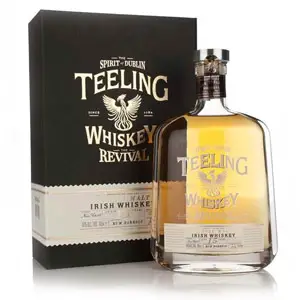
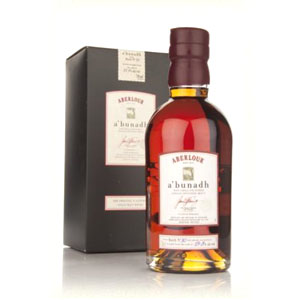
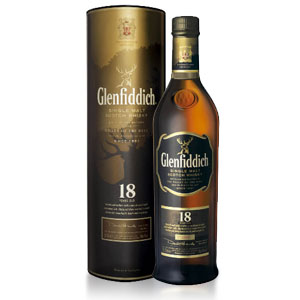
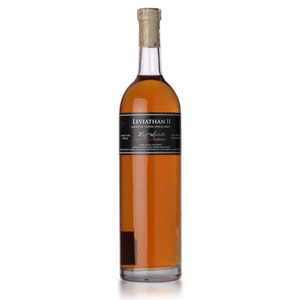
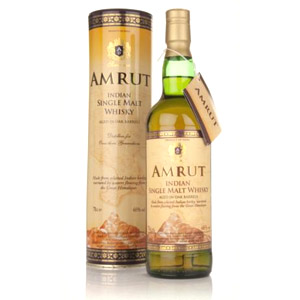

I always see brands like this along with Shieldaig and Creag Isle on the shelves of Total Wine. I’ve never bought any of it since they’re never all that much cheaper than my favorite stuff or new things I really want to try. I understand that independent bottlers have to tell you what distillery the whisky came from. I’ve never gotten a satisfactory explanation as to how these other brands will say single malt aged 12 years, but don’t have to tell you where it was distilled when an independent bottler does.
I have definitely bought independently-bottled malts that said “Highland Malt” or “Speyside Malt” before, and also some that had a made-up name like “MacCrae”. I think the difference is that most established independent bottlers have relationships with distilleries, so they trust them not to tarnish the reputation of the distillery. If you go to Macallan and say “Hi, I’m from BobMart!” they’re not going to let you put “Macallan” on your label. Some distilleries (Balvenie comes to mine) never allow any independents to put their name on a label. In this case, it’s entirely a different issue: Highland Queen is an old (blended) brand name that is kept around for name recognition purposes. They wanted to release a line of malts, so they drew from what they had available. They probably don’t put the distillery name on the label because that frees them up to change the “recipe” (source) whenever it’s convenient. Cheers!
Thanks. That makes perfect sense. I learned something new today that once again proves that you should never behave like a snob. All this time I thought that independent bottlers had to reveal their source. I’ve learned a lot reading this blog over the years. Keep up the good work!
Ever run into the version of this that’s called “Classic” and is NAS? Mission has it for $13 currently and I’m wondering if it’s worth it.
I have not tried the other Highland Queens, so I can’t advise. If it’s $13 it’s likely that you get what you pay for, as (in my opinion) there’s no way to make very-young blended whisky taste good without a lot of ice. Still, if it’s bad you can always make cocktails with it! 🙂